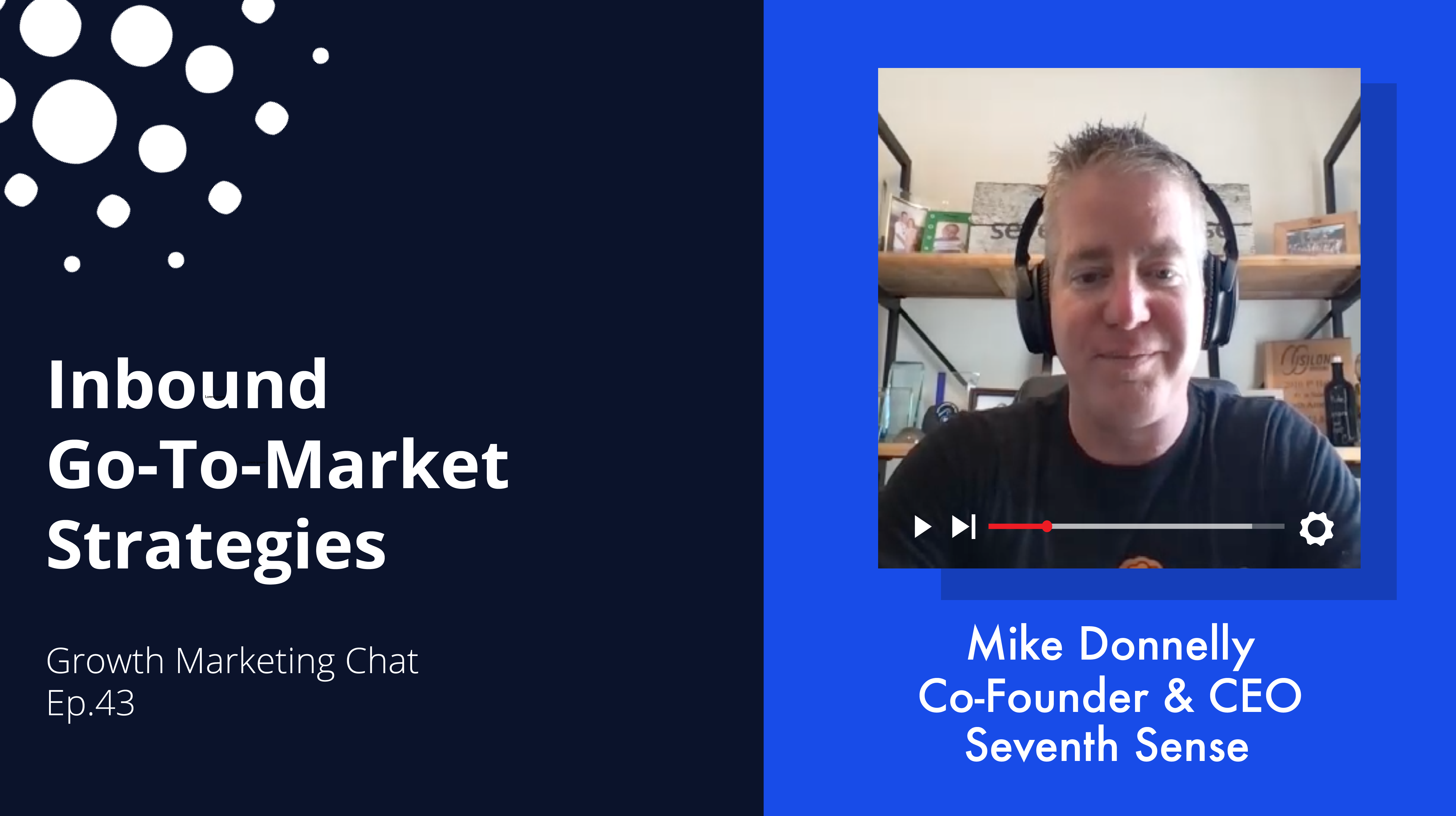
The digital marketing space is one that’s constantly changing, and it’s easy to fall behind in best practices. It’s also easy to buy into widespread marketing myths that may have been true in the past but no longer fit into the digital marketing landscape today.
Fortunately, we’re here to bust 4 of the most common marketing strategy myths and share our hard-won insights on the truth. By seeing marketing as more than a cost center that generates leads and rules the sales department, you can ensure your revenue marketing and growth marketing strategies are in top shape for the new year.
4 Marketing Strategy Myths (And How to Avoid Them)
- MYTH: Marketing is only a cost center.
TRUTH: Marketing is an investment, and it can be one of your top revenue generators.
Some business leaders see marketing as a necessary evil, a costly endeavor that’s required but not particularly useful when it comes to generating revenue. In truth, the right marketing strategy has the power to help a company scale, both in size and profit.
The right strategy will pay attention to everything, from growth marketing to demand generation to sales optimization. A full-service growth marketing agency can help develop that strategy. Once seamless marketing processes are in place, marketing can prove its ROI. There are several marketers out there who can show their contribution to revenue, so the proof of what strong marketing can do for revenue is in the numbers.
Some marketing strategies, such as SEO, might not show immediate results, but in the long run, SEO and similar tasks are the gifts that can keep giving to a business, for years to come.
2. MYTH: Marketing’s role is to generate leads.
TRUTH: Marketing may generate leads, but it does so much more.
Generating leads is the job of BOTH marketing and sales. Marketing should do its part to generate leads, but marketers also have a hand in other processes, from nurturing leads to upselling existing customers, creating positive advocates for business.
Marketers can have a major impact on revenue, and not just through customer acquisition. Marketing can help optimize sales by implementing sequence and sales automation and staying on top of analytics, current customers, and much more.
3. MYTH: Sales is marketing’s customer.
TRUTH: Sales and marketing should work together to demand, nurture, and close leads.
A tension sometimes arises between the sales and marketing departments. The lines of who does what gets blurred, and everyone wants to claim credit for success. Aside from a strong service-level agreement (SLA) right out of the gate, aligning sales and marketing on business goals and objectives can help keep everyone on the same page.
With that alignment comes the opportunity for sales and marketing to work together, rather than in competition or as unequal employees. The departments should both be on the same page, with eyes on the same larger goals, if they really want to generate the most demand.
4. MYTH: Only certain social media platforms will get you marketing traction.
TRUTH: There are so many social media platforms out there, and depending on your business, expanding your range might be beneficial in growing your customer base and driving revenue.
Many businesses focus on some of the more popular platforms, like LinkedIn and Facebook. Both platforms have a robust number of users, and perfecting your brand voice to make the most of your posts is a good idea.
But there’s so much more! According to HubSpot, Twitter sees over 2 million users per day and is effective in both the B2C and B2B spaces. YouTube has over 2 billion logged-in monthly users and Instagram has 1 billion active users each month. Even Reddit, Pinterest, Snapchat, and TikTok get business traffic.
Depending on your business type and bandwidth, being active on every social media site is likely not viable. But it’s time to leave behind the myth that there are only a few useful social media platforms for B2B and start reaching a wider audience. Just find out where your ideal target audience spends their time (have you considered Reddit? Discord? Facebook Groups?) and make sure you’re communicating with the right people in the right place.
Conclusion
With the new year comes new best practices, and the end of some old ones. By staying aware of marketing trends and best practices, and busting myths like the ones above, you’ll have all the tools you need to form a powerful marketing strategy for 2022 that truly works.
Want to Know More?
Ready to hone your revenue marketing strategy in 2022? Download our revenue marketing template bundle for everything you need to create a marketing strategy that is strong, relevant, and results-drive.







